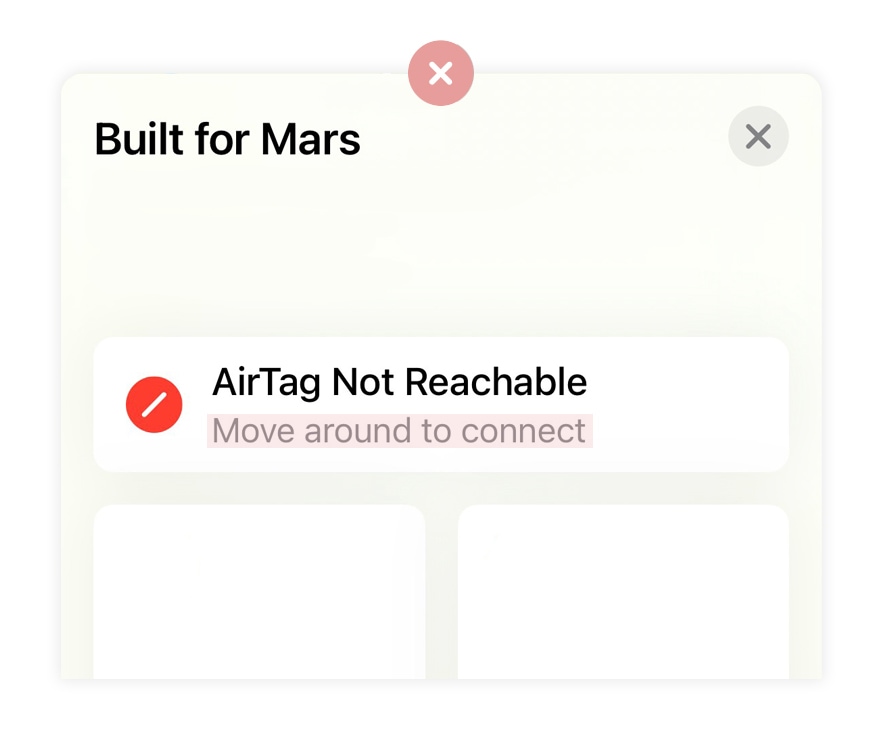Mobility should be a right, but too often it’s a privilege. Can startups provide the technology and the systems necessary to help correct this injustice? Shared micromobility, in particular, offers an opportunity for more equitable and accessible mobility within cities, but only if done intentionally. Building equity and accessibility into the business model is not always top of mind for startups looking to pay back investors and make money, and it’s a time-consuming task. Is it still possible to achieve those goals while remaining profitable?
At our TC Sessions: Mobility 2021 event, I sat down with Revel CEO and co-founder Frank Reig, Remix CEO and co-founder Tiffany Chu, and community organizer, transportation consultant and lawyer Tamika L. Butler to discuss how mobility companies should think about equity, why incorporating it from the get-go will save money in the long run, and how they can partner with cities to expand accessible and sustainable mobility.
What does equity mean?
Shared mobility services have often directly appealed to the young, able-bodied and affluent, especially when they first dropped into cities around the world. Older populations and communities of color have been less likely to either have access to or to use shared mobility services, but that’s beginning to change. As mobility startups consider how to weigh providing equitable service while maintaining a profit, Butler outlined the importance of thinking about those who are most vulnerable.
Who isn’t this helping? And it doesn’t matter if that’s a small amount of people, right? So you might say something like, people with disabilities might be proportionally a smaller number of people, Black people might be proportionally a smaller number of people. But if you make things better for folks with a disability, say, by adding curb cuts into sidewalks, that actually makes things better for a ton of people. And so you may be thinking of it … only helping a small group of people. And I think we really have to shift the way we think about equity. It’s not just numbers, who is this going to help the most, it’s … who is often intentionally neglected or pushed aside because their numbers aren’t big enough? (Timestamp: 19:10)
- What micromobility is missing
- May Mobility reveals prototype of a wheelchair-accessible autonomous vehicle
Build equity into the business model from the start
Many startups are just trying to keep their idea alive and start a business at the beginning. They want to solve an essential problem, like lack of socially distanced mobility options, and prove their unit economics so they don’t come back to their investors empty handed. Some companies might even be of the mindset that building equity and accessibility into their business model isn’t their concern. But delivering on those core values will just be the price of doing business in the future, so it certainly should be their concern, Butler said.
I think for companies, I would say that people like to say it takes too much time or costs too much money to do things equitably. But whether or not you’re retrofitting a house or whether or not you’re retrofitting your company, whenever you retrofit something, it costs more money. And so if you think about equity as something you just build in from the beginning, it will actually save you money and take less time than if you try to do it later because someone tells you to do it or you’ve had some controversy or you all of a sudden feel bad. (Timestamp: 4:50)
Reig chimed in to talk about Revel’s access program, which gives 50% off to riders who are on any form of public assistance.
So the access program, for instance, was something from day one. That wasn’t something we added in a year or two later after venture funding … that was still when we were bootstraped, you know, a company in North Brooklyn with 70 mopeds. From day one, I’ve never used the gig economy, customer service agent mechanic battery swapper, from day one, every single person on the team is a regular employee. And I think that’s just a cultural ethos I’ve always wanted in the company. (Timestamp: 6:04)
- Revel’s Frank Reig on how he built his business and what he’s planning
- Lime is expanding its low-income program

